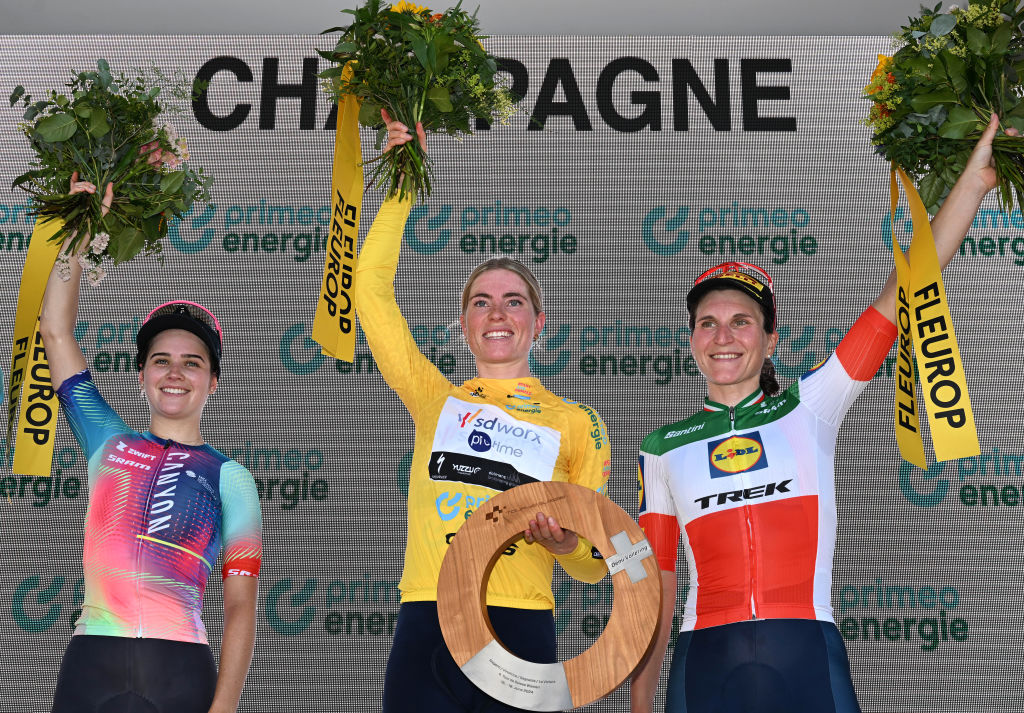Sean Zak
;)
Putting is the most fickle element in all of golf. But Sam Burns has mastered it, and it’s carrying him at the U.S. Open.
Getty Images
OAKMONT, Pa. — At 8:30 Friday morning, the driving range was empty. Everyone from the first wave of the second day of the U.S. Open was either on the course or about to be. Except for one pro, Shane Lowry, working with his coach on the ground strokes, a full five hours before his tee time.
Why?
Because putting will drive a man insane. But it can also drive you up the leaderboard. While Lowry grinded, Sam Burns was on the course, hooping a 21-footer for birdie on 11. He one-putted six straight holes in the middle of his morning, adding birdies on 17, 18 and 2. Even his two-putts were brilliant, like the 106-footer he lagged to inches on 4 for another birdie. His round finished with a curling 22-footer for par and a 65, beating the scoring average by more than nine.
During a week where pros correctly insist that conquering Oakmont is about launching long, straight drives, Burns is your leader because he is among the best at cautiously easing the little orb into the little hole. Better than 99 percent of the 99th percentile of putters on Earth. There’s a reason we call players like him wizards, and their equipment wands — they can make magic.
Enough to win the U.S. Open, though?
Oakmont’s greens in 2025 are 15 percent larger than 2016, thanks to a recent renovation. They are simply bigger playgrounds for everyone to play within, the USGA setup team included, as evidenced by Friday’s hole locations cut into a number of new-ish corners of these revamped surfaces. The firmness of the turf and the danger of the rough keeps most approach shots from getting super close, leaving plenty to be earned or lost with the flatstick. It can go in and make you happy, or it can miss and leave you speaking like Jon Rahm.
“Very frustrated,” he said. “Very few rounds of golf I played in my life where I think I hit good putts and they didn’t sniff the hole, so it’s frustrating.”
For something so visible — putts are shown more on broadcasts than any other shot type — and so ubiquitously known — who hasn’t been on a Mini Golf date? — putting still leaves the world of golf wildly confused. It was Burns and Bryson DeChambeau who, on Tuesday, practiced this trade uncomfortably close to each other.
Burns had driven 10 tees into the ground, reinforcing the plane of his takeaway and creating the tiniest gate through which a ball could pass. DeChambeau had created a pathway for his putterhead, too, only with three tees and a two-by-four lined up on his toes — grooving something that felt oddly different, yet similar. Tees and two-by-fours? Pros make putting gadgets out of anything, and the remnants are often left behind on the practice green in the form of chalk lines and putting mirrors.
But getting good at putting? If it were easy, this sport wouldn’t be nearly as addicting. Good putters make it sound innate. It might exist within you and it might not. Bad putters make it seem like the holy grail. It’s out there, but you may spend all your life searching for it.
How unfair, it must feel, to be Corey Conners, one of the best humans on the planet at delivering full swing golf shots to their intended target, hundreds of yards away. But put a putter in his hands from 12 feet and he plays at an average level. (Average among the professionals, of course.) Perfectly confusing then was Conners’ Friday, where he hit it horrendously but led the field in Strokes Gained: Putting. Over two rounds, he ranks fourth in the field, 10 spots ahead of the man who has long held the title belt for best in the world: Denny McCarthy.
McCarthy has been so good at putting for so long that other pros have approached him for advice. Ask him about it, and it comes down to instincts. Read the putt, read the putts happening around you, and hope the feel of this wicked game comes out in the right sequence. “That’s kind of hard to teach, exactly,” McCarthy says. “You could have a perfect stroke, but if you’re not seeing the greens right, or you don’t have good instincts, you might miss every putt even though you have a perfect stroke. I don’t have a perfect stroke. I see things well, I have a picture, I trust my instincts.”
Jason Day intentionally bent his putter at U.S. Open. The benefit was striking
By:
Alan Bastable
In other words, getting the damn ball to fall into the tiny hole is golf’s most intangible element. But when McCarthy sees it, he sees it. And he got an up-close view playing alongside Burns. He noticed that, even though Burns reads greens via AimPoint — a notoriously time-sucking endeavor — he does it much quicker than others.
“He seems really committed to hitting the putt with a certain intention, pace, whatever that may be,” McCarthy says. “He sees the greens really well. And plays quickly and commits to it. He’s just very decisive, you can tell.”
McCarthy is a golfer, but a basketball lover at heart. His jumpshot form is unsurprisingly perfect. He’s enjoying this run by the Indiana Pacers. They’re fun to watch, infuriating to play against — kind of like a golfer who spanks it around and holes everything. One of the keys of putting, he thinks, is an attitude similar to that of shooting hoops.
“When putts aren’t going in,” he says, “I try to free it up more instead of try to be too careful. Free it up even more, let it fly and be as carefree as possible. Just keep shooting, really. Just keep hitting good putts.”
Burns played high school basketball, but he comes from a football family, raised by parents who wanted to sit in the stands under those Friday night lights. In 8th grade, when he told his mom he wanted to give it up for golf, she cut him a deal: play one more year of football and we’ll make you a putting green in the backyard. Done! It never Stimp’d at 15 feet, like the greens at Oakmont do, but that patch was the breeding ground for whatever awaits this weekend. Thirty-six more holes of decisive strokes, starting with a one-shot lead.
Now that you’re curious, here’s how the man himself looks at one of the most fickle things in sport.
“I practice it a lot. I try to keep it very simple,” Burns said. “I think if you look at putting, the ball is rolling on the ground. There’s a lot of imperfections on grass. There’s a lot of different lines the ball can go in, depending on the speed, so if you try to be too perfect with putting it can drive you crazy, so I just try to really read it, put a good roll on it, focus on the speed and hope for the best.”
;)
Sean Zak
Golf.com Editor
Sean Zak is a senior writer and author of Searching in St. Andrews, which followed his travels in Scotland during the most pivotal summer in the game’s history.


;)










